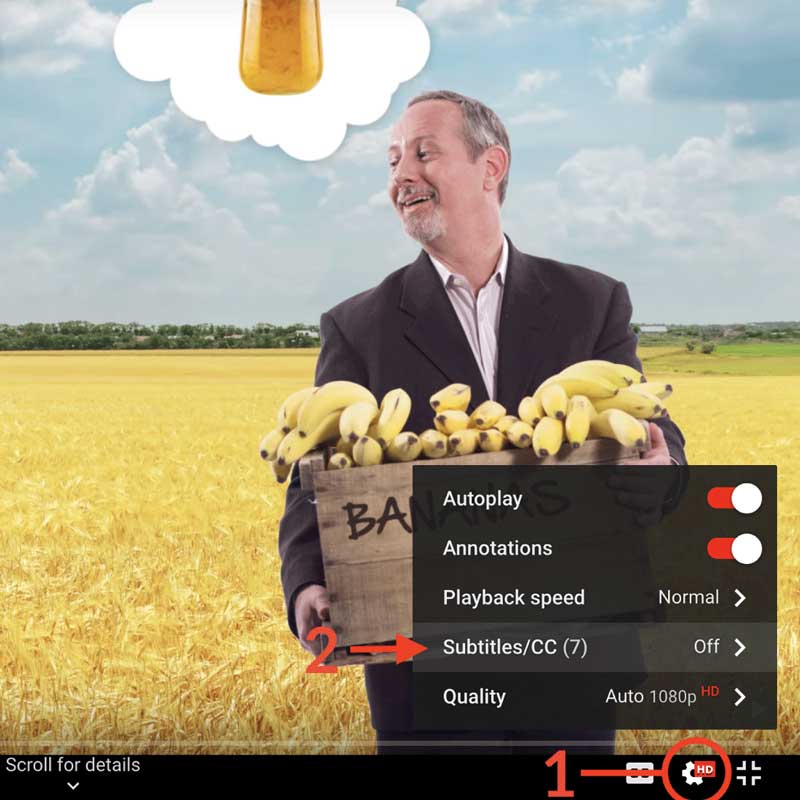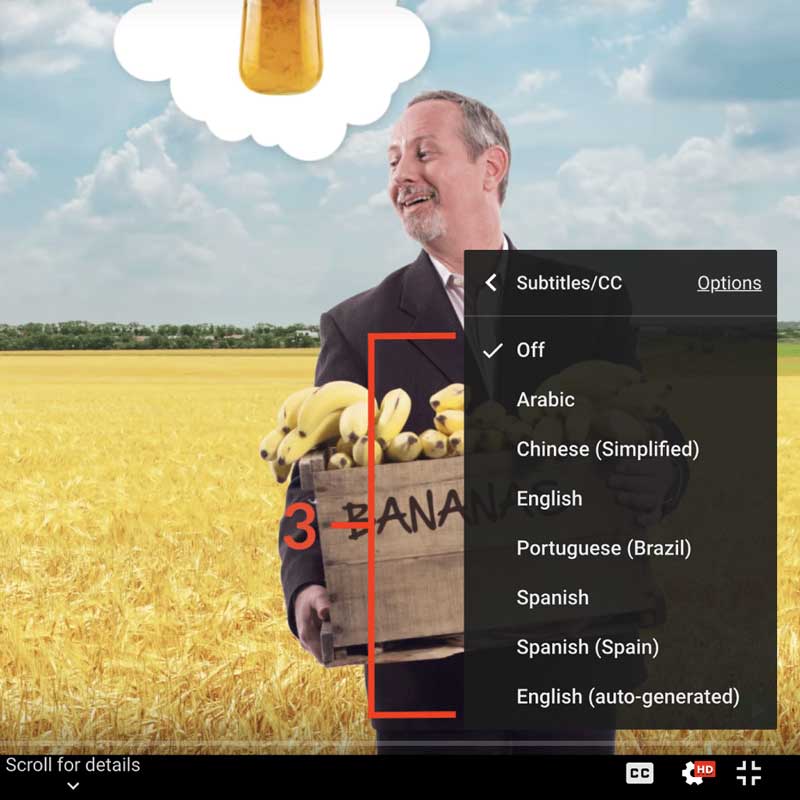Price Ceilings: Deadweight Loss
Course Outline
Price Ceilings: Deadweight Loss
In this video, we explore the fourth unintended consequence of price ceilings: deadweight loss. When prices are controlled, the mutually profitable gains from free trade cannot be fully realized, creating deadweight loss. With price controls, less trading occurs and both buyers and sellers miss out on the mutually profitable gains that could have occurred. We’ll show how to calculate deadweight loss using our example of a price ceiling on gasoline.
Teacher Resources
Related to this course
See all Teacher Resources related to this course
Transcript
Today we'll be looking at how price ceilings create what economists call a "deadweight loss." This video will be short since the ideas ought to be pretty familiar by now. Let's dive in.
So let's remind ourselves that when we have a free market, all of the mutually profitable gains from trade are exploited. That's another way of saying that a free market maximizes producer plus consumer surplus. Now, when the mutually profitable gains from trade are not fully exploited, there's lost consumer and producer surplus, or a "deadweight loss." The basic idea -- as long as the price the consumers are willing to pay exceeds the price that sellers are willing to accept, there are mutually profitable trades that can be made. And what we're going to show is that price ceilings create a deadweight loss. Not all of the mutually profitable trades will be made.
Let's take a look. Okay, here's our standard diagram. I've just labeled some things we talked about in earlier lectures, mainly, the shortage of the controlled price and the total value of wasted time. The key point for understanding the reduced gains from trade is that at the free market equilibrium, at this price and this quantity, Qm, we have more units exchanged than at the price controlled equilibrium. So with a free market, we get Qm units exchanged, with a price control, only Qs units are exchanged -- a smaller amount.
Now notice that these trades, which fail to take place, they are mutually profitable. That is, the buyers are willing to pay more for these units than the sellers require to sell those units. So, because of the price control, buyers and sellers are not allowed to come to a mutually profitable deal at a price above, in this case, $1. They would like to, however. The buyers are willing to pay $3 for another gallon of gasoline. The sellers are willing to sell that gasoline for $1. So there's a mutually profitable trade. This trade would be worth $2 in mutual profit, to the buyers and sellers. They would like to make this deal. But it is illegal, it is illegal to sell at a price above $1.
So these trades between Qm and Qs do not occur. In a free market they would occur, and because they would occur, they would generate additional gains from trade. So compared to the free market equilibrium, under the price control, we have lost consumer surplus, in the amount of area A. And we have lost producer surplus in the amount of area B. Together, A + B is the lost gains from trade. These are the mutually profitable exchanges which fail to take place because they're illegal, because of the price control. So price ceilings reduce the gains from trade, creating a deadweight loss.
Subtitles
- English
- Spanish
- Chinese
- Hindi
- French
- Arabic
Thanks to our awesome community of subtitle contributors, individual videos in this course might have additional languages. More info below on how to see which languages are available (and how to contribute more!).
How to turn on captions and select a language:
- Click the settings icon (⚙) at the bottom of the video screen.
- Click Subtitles/CC.
- Select a language.


Contribute Translations!
Join the team and help us provide world-class economics education to everyone, everywhere for free! You can also reach out to us at [email protected] for more info.
Submit subtitles
Accessibility
We aim to make our content accessible to users around the world with varying needs and circumstances.
Currently we provide:
- A website built to the W3C Web Accessibility standards
- Subtitles and transcripts for our most popular content
- Video files for download
Are we missing something? Please let us know at [email protected]
Creative Commons

This work is licensed under a Creative Commons Attribution-NoDerivatives 4.0 International License.
The third party material as seen in this video is subject to third party copyright and is used here pursuant
to the fair use doctrine as stipulated in Section 107 of the Copyright Act. We grant no rights and make no
warranties with regard to the third party material depicted in the video and your use of this video may
require additional clearances and licenses. We advise consulting with clearance counsel before relying
on the fair use doctrine.


